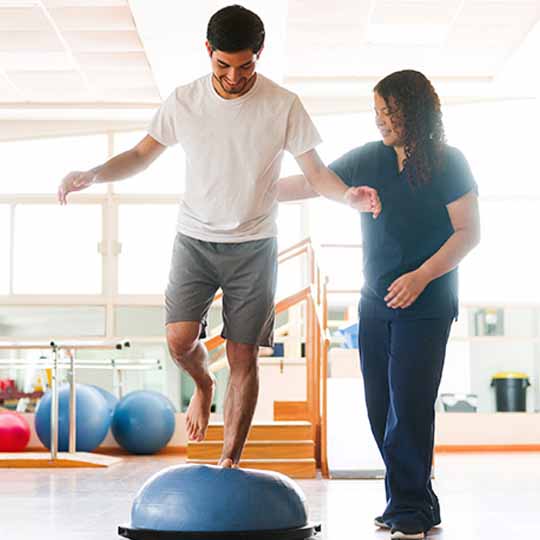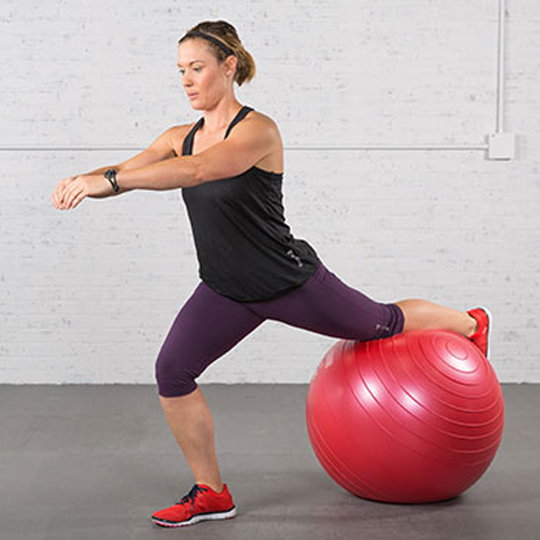SPORTS TRAINING PRINCIPLES
Training means engaging in activity to improve performance and/or fitness; this is best accomplished by understanding general sports training principles: overload, reversibility, progression, individualization, periodization, and specificity.
Injury Prevention
Sports injuries are injuries that occur when engaging in sports or exercise. Sports injuries can occur due to overtraining, lack of conditioning, and improper form or technique. Failing to warm up increases the risk of sports injuries. Bruises, strains, sprains, tears, and broken bones can result from sports injuries. Soft tissues like muscles, ligaments, tendons, fascia, and bursae may be affected. Traumatic brain injury (TBI) is another potential type of sports injury. Injuries may range from mild to severe.
Speed and Agility
Essentially, agility training helps you stay fluid in the sudden movements and speed training keeps them moving forward. It’s not that one is better than the other, but rather a combination of the two that will help you meet your goals. Including both speed and agility in your training sessions helps you move efficiently and effectively to stay at the top of their game, no matter what that “game” may be.
Strength and Power Training
Strength training can help you build muscle, make you strong, increase your endurance and make everyday activities easier. By combining strength and power training exercises you’ll not only get stronger, you’ll build speed and improve your reaction time. That’s critical as your age, because it can help prevent falls.
Injury Rehab
Rehabilitation after Injury is a slow step-by-step process that aims to help you recover. Rehabilitation might help you get moving again, regain the strength, relearn skills, or find new ways of doing things.
Injury Stability and Mobility
Stability and Mobility are two of the most important factors in recovering from and preventing injury. Too little or too much movement and a lack of stability in the muscles and joints can lead to stiffness, dysfunction, and degenerative changes. These factors can increase our risk of injury.
Cardiorespiratory Endurance
Cardiorespiratory endurance is the level at which your heart, lungs, and muscles work together when you’re exercising for an extended period of time. This shows how efficiently your cardiorespiratory system functions, and is an indicator of how physically fit and healthy you are.
Share To:
Get the service







